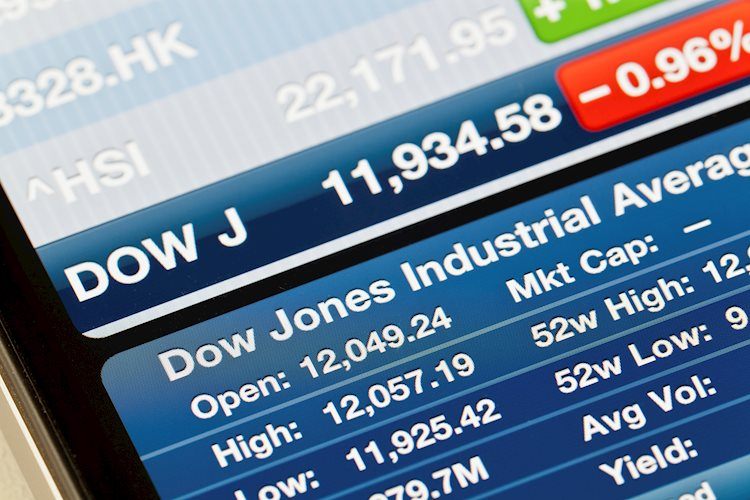The Dow Jones Industrial Average (DJIA) has been making a comeback and reaching record highs on Friday, with the index remaining above 42,000 and close to this week’s all-time high peaks. This positive trend began after the Federal Reserve (Fed) implemented a 50 bps rate cut, the first in four years. Even though the Dow Jones dipped slightly towards the end of Friday’s trading session, it continues to play around the 42,000 mark.
Fed Chair Jerome Powell’s decision to deliver a jumbo 50 bps rate cut was well received by the markets, with investors betting on a follow-up rate cut in November. The consensus is split between a possible 25 or 50 bps slash, with the likelihood of the Fed maintaining rates steady at 0%. The positive sentiment in the market was also reflected in the US Dollar Index (DXY), which dropped to a 14-month low following the rate cut.
However, despite the overall positive market sentiment, some Dow Jones constituents, such as Intel and Dow Inc, are experiencing losses on Friday. Intel’s stock price fell by 3.5% due to a series of restructuring plans, including layoffs and spinning off their foundry business. Dow Inc, on the other hand, received $100 million in subsidy funding for battery manufacturing but is still facing downward pressure on their stock price.
Looking at the Dow Jones price forecast, while the index has been performing exceptionally well, there are signs of potential exhaustion in the bidding pressure. With the index struggling to establish new all-time highs without significant pullback, investors are closely monitoring the 42,000 level.
The Dow Jones Industrial Average is a price-weighted index comprising the 30 most traded stocks in the US. Founded by Charles Dow, the index has faced criticism for not being representative enough due to its limited number of constituent companies. Various factors drive the DJIA, including quarterly earnings reports of component companies, macroeconomic data, and decisions by the Federal Reserve. Trading the DJIA can be done through ETFs, futures contracts, options, and mutual funds, providing investors with a range of options to gain exposure to the index.































